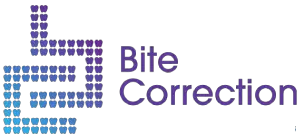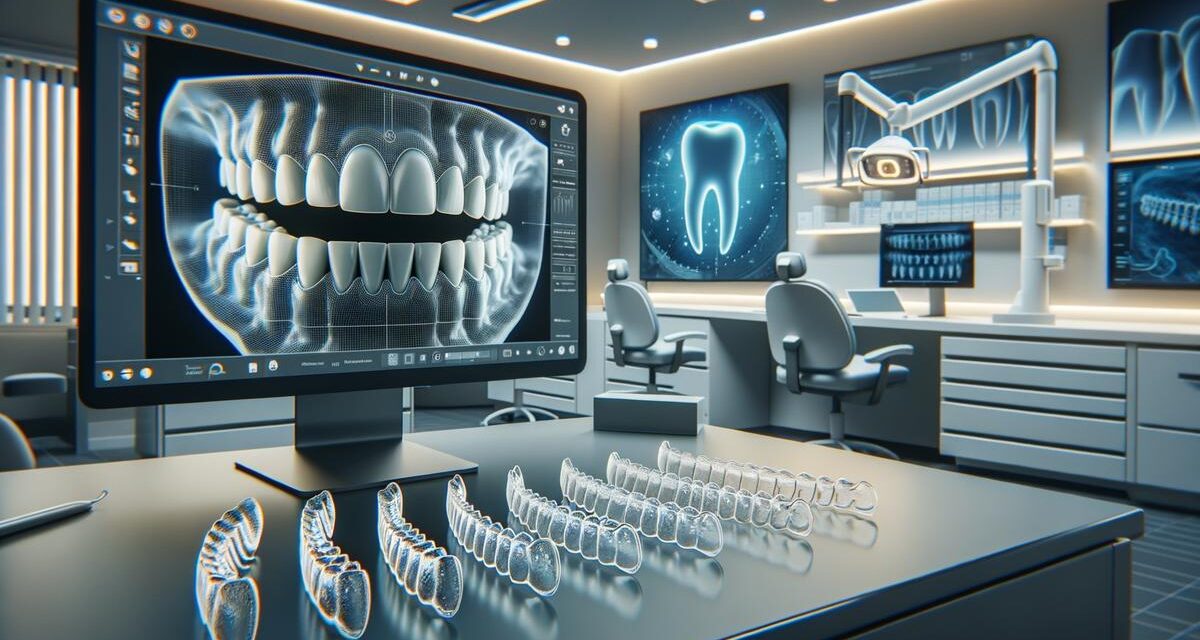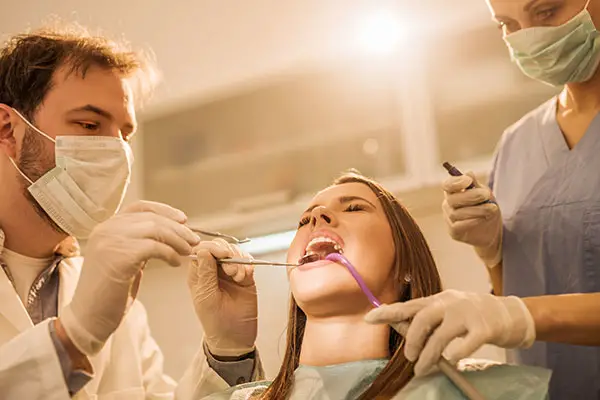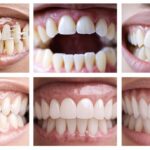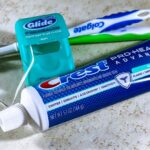Understanding Invisalign and Its Advantages
Invisalign offers a modern approach to orthodontics with custom-made plastic trays designed to guide your teeth into an ideal position. The process involves:
- Creating a digital plan of your mouth
- Determining gradual tooth movement
- Changing trays every few weeks, advancing the treatment step by step
The primary benefit of Invisalign is its near invisibility, allowing you to straighten teeth without the noticeable appearance of traditional braces. The aligners are also removable, providing more flexibility for eating and maintaining oral hygiene.
Compared to traditional braces, Invisalign often offers:
- More comfort
- Fewer dietary restrictions
- Potentially fewer visits to the orthodontist
Insurance coverage for Invisalign varies. Generally, orthodontic coverage treats Invisalign similarly to braces but with different limits. Insurance plans might cover around 25% to 50% of the cost, depending on the specific policy.
It's important to check if your plan mentions orthodontic treatments, age constraints, or coverage limits. If your insurance doesn't fully cover the expense, consider using Flexible Spending Accounts (FSAs) or Health Savings Accounts (HSAs) to help manage costs through pre-tax savings.

Insurance Coverage Basics for Invisalign in Canada
Most dental insurance plans in Canada offer orthodontic coverage, which typically includes both traditional braces and Invisalign. Coverage often ranges from 25% to 50% of the total treatment cost, but specifics vary by provider and policy.
Insurance plans usually have lifetime maximums for orthodontic benefits, often between $1,500 to $3,500. This cap represents the maximum amount the insurance will pay for orthodontic needs throughout your lifetime.
When reviewing your policy, look for details such as:
- Coverage extent
- Age-related stipulations
- Waiting periods
Note: Some plans might have different terms for adults versus children.
If insurance coverage falls short, consider using FSAs or HSAs to help manage out-of-pocket expenses. These accounts allow you to use pre-tax contributions for medical expenses, potentially easing the financial burden of Invisalign treatment.
Dental vs. Health Insurance for Orthodontics
Dental insurance is typically the primary source of coverage for Invisalign, as it often includes specific orthodontic benefits. Health insurance, on the other hand, usually focuses on medical conditions and may only cover orthodontics if there's a significant medical necessity.
When reviewing your insurance options, look beyond whether the plan mentions orthodontics. Examine the fine print for terms like "elective procedures" or "medically necessary" to understand how they apply to your situation.
Consider contacting your insurance provider directly for clarification on coverage details. This approach ensures you have accurate information about your financial commitments and helps you make informed decisions about your Invisalign treatment.
Determining Your Personal Coverage
To understand your Invisalign coverage:
- Contact your insurance provider through customer service or your online account.
- Ask about orthodontic benefits, including coverage percentage, waiting periods, and exclusions.
- Inquire about age restrictions or other stipulations related to Invisalign coverage.
- Check if a referral is necessary for coverage, which might involve a written statement from your dentist or orthodontist.
- Review your plan's summary of benefits and coverage documentation.
By thoroughly understanding your insurance coverage, you'll be better prepared for the financial aspects of your Invisalign treatment. This knowledge allows you to plan effectively and avoid unexpected costs.
Alternative Payment Options
Beyond insurance, there are several ways to manage Invisalign costs:
- Flexible Spending Accounts (FSAs): These allow you to set aside pre-tax dollars for medical expenses, including orthodontics. Remember that FSA funds are typically "use it or lose it" within the year.
- Health Savings Accounts (HSAs): Similar to FSAs, HSAs offer pre-tax advantages but allow unused funds to roll over year to year. This feature makes HSAs beneficial for long-term dental investments.
- Orthodontist Payment Plans: Many practices offer in-office payment plans that spread the cost over manageable installments. These often have favorable interest terms or zero-interest options.
By exploring these alternative payment methods, you can find a solution that makes Invisalign treatment more affordable and aligns with your financial situation. This approach allows you to pursue your orthodontic goals without undue financial strain.
Invisalign offers an appealing blend of aesthetics and practicality for those seeking a straighter smile. By understanding your insurance coverage and exploring various payment options, you can approach your Invisalign treatment with confidence and financial preparedness.
- Canadian Dental Association. Orthodontic Treatment. 2022.
- Sun Life Financial. Personal Health Insurance: Dental Coverage. 2024.
- Canadian Association of Orthodontists. Insurance and Orthodontic Treatment. 2023.
